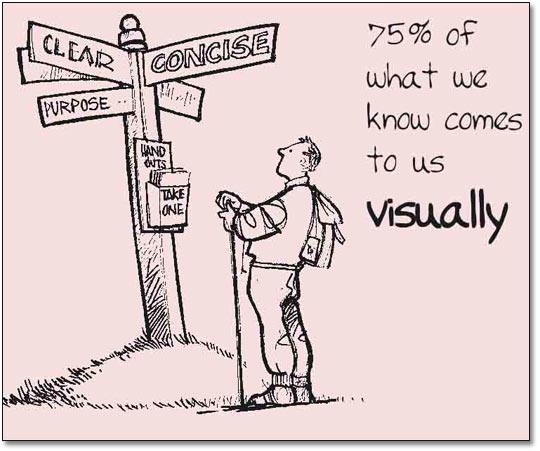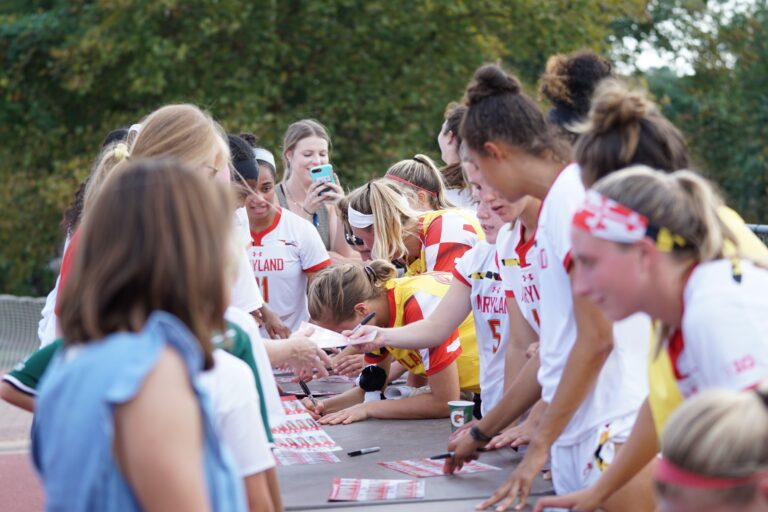Innovations Introduced In Indian Classroom To Enhance Education System
 The dynamics between a teacher and students define the essence of a classroom. A great teacher can transform the brick and mortar confinement and take students on a journey of pure learning, responding to their doubts and instilling an environment of curiosity and interactivity. Hence, to optimise the learning experience, schools and colleges in India are vying to embrace innovative methods, installing the latest educational technology and encouraging teachers to be more creative than ever.
The dynamics between a teacher and students define the essence of a classroom. A great teacher can transform the brick and mortar confinement and take students on a journey of pure learning, responding to their doubts and instilling an environment of curiosity and interactivity. Hence, to optimise the learning experience, schools and colleges in India are vying to embrace innovative methods, installing the latest educational technology and encouraging teachers to be more creative than ever.
Here’s a glimpse of some of the innovative techniques that teachers are trying out to make learning effective, engaging and fun:
1. Audio-visual (AV) supplements: Many educational institutions in India have AV-equipped classrooms or venues to boost students’ learning and understanding. Teachers are explaining difficult concepts like physics/maths/chemistry through graphical representation of complex equations with the help of smartboards. For language learning, the audio-visual equipment is an indispensable tool. Teachers are playing snippets of award-winning films, plays, speeches of great orators, in vernacular, English or the target language to facilitate the skills of listening, speaking and histrionics. Subject teachers are leveraging the AV facilities in interesting ways to trigger the class’s curiosity through graphics, images, puzzles, thereby driving them to think out of the box. Above all, it satisfies a student’s need to see, hear and have a complete grasp of what they are learning.
2. Flip methodology or classroom: This technique is to roll the responsibility of learning towards the students and make them active participants of the learning process. B-Schools like SP Jain Institute of Management and Research (SPJIMR), Indian School of Business (ISB) are some of the pioneers of the flip classroom in India. Here, teachers relegate to the role of resource or material providers via email or intranet, whereas students take the centre stage of gathering concepts, constructing knowledge and drawing inferences. However, the other significant aspect is that teachers follow it up with a discussion session on the given topic on a stipulated day to ensure students participation, seriousness and overall learning. Besides discussions, there are group presentations, debates and essay writing competitions. Surprisingly, when given responsibility, students take more interest, immerse in the project and deliver much better.
3. Role play: Role play brings in the element of entertainment into the classroom. As much as it is loved by students, this technique facilitates their understanding and appreciation of the characters that they read about. From pre-school to the secondary level, schools are implementing this method as it’s a great source to instil in children values and ideals as they play the roles of historical stalwarts like Mahatma Gandhi, Pandit Nehru, Nelson Mandela, Martin Luther King or legendary characters like Caesar, Mark Anthony, Charlie Chaplin to name a few. Students are encouraged to have their own version of the characters they are portraying, and enact them from the context of the present times. Through role-play, students also get to learn about various aspects of stage performance from acting to voice projection. Roleplay is an impactful method to enhance learning that also lends learners the opportunity to live the experience through empathy and internalising values.
4. Peer teaching: It is one of the most effective strategies to even up the learning curve of a class. Usually, teachers pair students who are high performers with those students who might be struggling in a subject area. It offers a platform of knowledge sharing among students besides harbouring healthy competition. The interesting aspect of peer teaching is that students tend to respond more actively when one of them dons the mantle of the teacher. The class becomes attentive, interactive in a bid to challenge each other in a constructive manner. With regular peer teaching sessions, students start to develop a better grasp of the concepts, display maturity, tend to be more disciplined and also develop better communication skills. Children studying at schools in rural areas too are getting their share of playing the teacher. Kudos to Government Higher Primary School (GHPS) in KadasiKopa in the Kanakapura Taluk in Karnataka for being a trailblazer among government schools to successfully and strategically implementing peer teaching on a daily basis.
5. Games: The play way lessons are one of the most popular among students of all grades and a successful strategy to keep them engaged. If the sessions are carefully designed and smoothly executed by teachers, this method reinforces cognitive knowledge especially of mathematical and scientific concepts and vocabulary. Teachers are experimenting with various kinds and levels of word and mind games like quiz, puzzle-solving, scrabble, sudoku etc. This is reinstated by Bangalore based tech firm Quest Alliance in designing a game called Anandshala Gupshup for enhancing communication between parents and young students. The game increased parents’ awareness about their children’s need, and that reflected in students’ improved class performance and attendance. The second game called Career Quest designed for students of vocational studies helped them revisit technical concepts as well as providing them training on life skills.
6. Collaboration: Collaboration (link) is one of the essential life skills in a globalised environment, the driving force of all enterprises. In an educational institution, this skill can best be fostered in the classroom by allowing students to work in groups. At every stage of the process, teachers help students to chalk out their plans, provide them with key points, supervise their work and build team spirit. Many schools have made the collaborative project work a prominent part of the curriculum. Teachers are designing their lessons in such a way that would allow time and resources to students to perform group activity.
7. Going beyond the classroom: The goals of education are to make children aware of the world and themselves, to widen their perspective and to make them seek the truth. Schools are embracing the trend of taking children outside of the classroom, be it nature trail in the school garden or visiting the cottage industry, and let them have direct interaction with what they read in the books. Children gain more knowledge when they see and experience history unfolded in museums than being taught in the class. Field trips are now an integral part of the CBSE curriculum. International boards too have made excursions compulsory in schools. Dr Pillai Global Academy had recently arranged for an exciting field trip for students to Jim Corbett National Park, Uttarakhand along with a trip to Nainital and Delhi to provide students hands-on learning. Hence, there is a visible increase in the number of excursions organised by schools where students, teachers and parents enthusiastically come forth to make the attempt a holistic educational experience.
The various innovations enabled by technology and the creative endeavours of the teachers are making classrooms a zone of great activities and intellectual rigour. Though the journey is at its nascent stage, the future holds promises of a rich and holistic learning space, with every student having access to a repository of resources that would enable them to learn independently and meaningfully.
ReachIvy sincerely hopes that this article serves as a critical tool to increase your knowledge base. For study abroad consultation or career counselling with ReachIvy, Submit a Query now! Also, review our resources section to access our free premium content..
This article was also published in The Better India on 29/05/2017.






